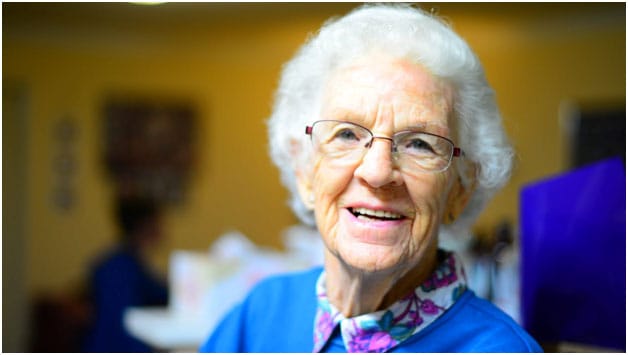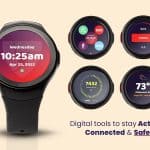
Medical alert systems (or emergency response systems as they are also known) are devices that give seniors constant access to help if there is an emergency. These are especially useful in case a senior falls and is unable to regain their footing. Traditionally, they are small devices that can be worn around the neck and connect to a medical alarm base station installed in the house, that alerts a medical service provider if the button on the device is pressed. There are several reasons to consider setting-up one of these systems for an elderly loved one.
Medical Alert Systems are Cheaper Than In-Home Care or Nursing Homes
Few people are able to provide constant care for their aging loved ones, even though some people need access to help 24/7 as they age. This often leads families to pay for a professional caretaker to stay at the senior’s home. This can be prohibitively expensive for many families, forcing them to consider placing their relative in a nursing home instead, which is usually the least desirable option.
These facilities are often still expensive for the family and are undesirable to the senior. Medical Alert Systems, on the other hand, are relatively inexpensive and ensure that should a senior experience a medical emergency, they can always reach help. They certainly can’t replace physical help, but they can provide peace of mind to you and your loved one during the times that you can’t be there.

Medical Alert Systems Allow for Privacy and Independence
One of the chief grievances among people as they get older is the loss of privacy and independence. Escalating health problems means that few seniors are able to live independently without risking a medical emergency.
Medical alert systems allow seniors to remain in their own homes instead of at a crowded nursing facility in which they may have to live with a roommate and constant intervention from CNA’s (certified nursing assistants), while still giving them constant access to medical professionals. In addition, it reduces the need for their families to worry and check on them constantly.
Medical Alert Systems Provide Constant Access to Help and Quick Responses
Medical alert systems are monitored 24/7 to ensure that no matter what the hour if an emergency were to occur, help would be there in little time with the push of a button. Most of these systems include two-way communication and are monitored by trained medical emergency professionals so that seniors can talk to medical personnel about their concern at any time.
Medical Alert Systems Are User-Friendly
Usually, you can set up a medical alert system by merely plugging the base unit into an electrical outlet and connecting it to a landline phone outlet if it’s not cellular based. Then, as long as the senior wears their device consistently, they have a layer of protection no matter what happens.
Medical alert systems are very easy to explain to the user. All they have to do is press a button, speak to the operator, and help is on the way. This way, people of varying mental and physical abilities can understand and use the device without trouble.
Medical Alert Systems Provide Peace of Mind
Many people with elderly family members experience anxiety leaving their loved ones alone, but few people can provide constant care. The knowledge that if something were to go wrong, a professional would be there to help in little time is very reassuring. It’s also reassuring for seniors and gives them more confidence to go about their typical daily tasks without worrying about what would happen if they were to fall. The knowledge that they are never helpless is very empowering.
Medical alert systems are a good idea for anyone at risk of a medical emergency, especially seniors. Even seniors quite capable of taking care of themselves would benefit from having one on hand since it’s far better to be safe than sorry. Medical alert systems extend seniors’ independence and privacy, allowing them to be in the comfort of their own homes much longer than they would be able to be otherwise.
Featured Image Credit: rawpixel.com
In Post Image credit: Pixabay on Pexels


